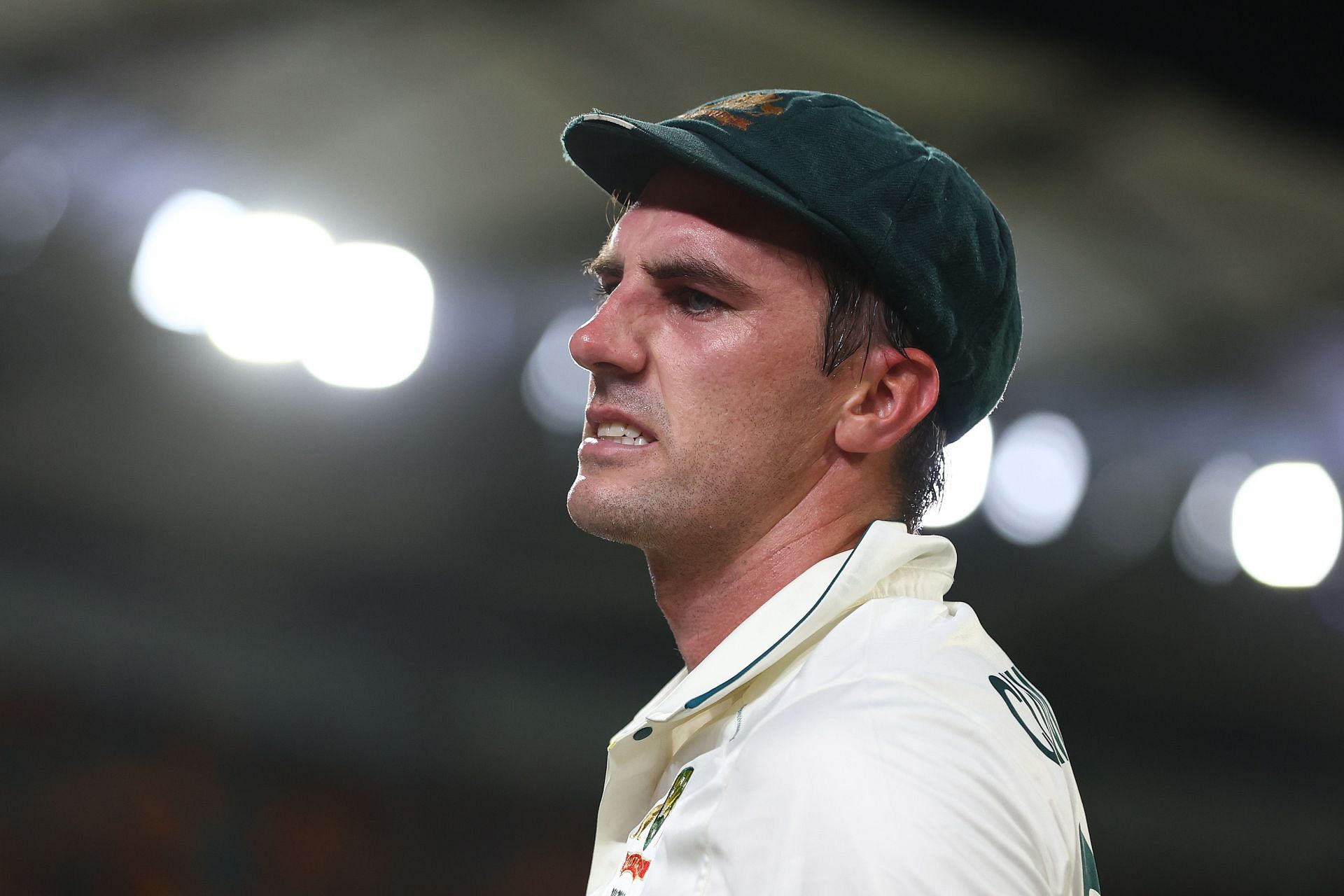
3 big concerns in Australia's squad that India can exploit in BGT 2024-25 series
Thanks to India's humbling Test whitewash against New Zealand at home, the conversations about their upcoming tour of Australia have remained limited to Rohit Sharma and the team's weaknesses.
But the Pat Cummins-led hosts, who have lost two back-to-back Test rubbers against India at home and would be looking for revenge, aren't in as pristine a condition as many consider. It's different formats but Australia's 2-1 home thumping by Pakistan in the three-match ODI series which concluded on Sunday is a big case in point.
Despite India missing experience in all departments, relying on young players who haven't played much in Australia and longing for forms of its senior-most players, there are a few weaknesses in the Australian squad they can exploit. Below, we explain three of them in detail.
#3 Batting concerns
First of all, Australia last played a Test match in March this year. In the nine months since, Indian batters, who were criticised for skipping the Duleep Trophy, have featured in two Test rubbers while Australia's international playing time has mostly been limited to white-ball cricket.
While that's somewhat good for their bowlers, who'd come to this series fresh, the batters will be without much recent high-quality red-ball practice. Moreover, the two best-averaging batters of the last red-ball season for Australia -- David Warner (50.53) and Cameron Green (49.83) -- won't play this series due to retirement and injury, respectively.
Apart from wicketkeeper Alex Carey, who has scored a good amount of runs in domestic and international red-ball cricket in the last 12 months, the rest of the line-up isn't settled. Poetically, as the Indians struggled against spin at home, Australian batters were immensely troubled by Pakistan's fast-bowling quartet on pacy and bouncy tracks in the ODI series.
Steven Smith, who looked close to his best albeit without any big knocks, would be switching position from opening to number four in this series, which won't be easy, just like when he made the opposite move earlier. So, while the Australian bowlers would want to bowl on green tracks, their batters might not be comfortable facing Jasprit Bumrah, Mohammed Siraj and Akash Deep on those.
#2 5th bowler troubles
Australia can't push flat tracks for the five Tests and rely on their superior bowling experience either. That's because, in the absence of Green, they don't have a reliable fifth bowling option for the series.
On flat tracks, which India might still find in Melbourne and Sydney, you need options who can help distribute the bowling load of three fast bowlers, even as a spinner like Nathan Lyon does most of the work from the other end.
Australia only have one true all-rounder in Mitchell Marsh, who is extremely injury-prone when bowling, which might be a risk the hosts won't want to take. And the likes of Steven Smith, Marnus Labuschagne and Travis Head would be easy loopholes to attack against on flat tracks, especially in this era of batters going hard after even the best bowlers.
India are in a similar spot with most of their batters not offering reliable bowling. However, they will take four all-rounders in Ravindra Jadeja, Ravichandran Ashwin Washington Sundar and Nitish Kumar Reddy plus Harshit Rana, who's not too far off from being termed one, to the series.
They'll be much better placed with five or even six options on flatter tracks than Australia, especially if the top-order turns up on spicier pitches.
#1 Another opening issue
Now, Smith has finally decided to move back to his more comfortable spot of number four, it leaves Usman Khawaja in a familiar and perhaps irritating territory -- adjusting to a new opening partner.
This time the roulette has fallen on 25-year-old Nathan McSweeney. The Queensland right-hander is a brilliant prospect and scored a remarkable 88* against India 'A' in a recent unofficial Test. However, he has a first-class average of 38.16 and will now be making his Test debut against Bumrah and Siraj -- it doesn't get much more difficult than that.
The problem is not much different to what Australia faced against India in the 2018-19 series when David Warner was banned and Marcus Harris was given his debut. He scored a couple of good 70s but the rest were all under-30 knocks where he hardly looked like he'd make it big and help Australia settle.
With Khawaja also not at his best in that series, Australia were extremely shaky from the top. Eventually, Harris, despite statistically being Australia's best batter in that series, couldn't solidify his spot and is still struggling to do so.
To give Smith his spot back in the middle-order, it'll take a big sacrificial test of McSweeney. If he performs well, he'll become a hero but if he doesn't, then his career and confidence would end up jolted.
After the first Test, where Rohit Sharma would probably not play, India would have a much better and well-settled top-three in comparison to Australia, which is a big advantage they can exploit while batting and bowling.